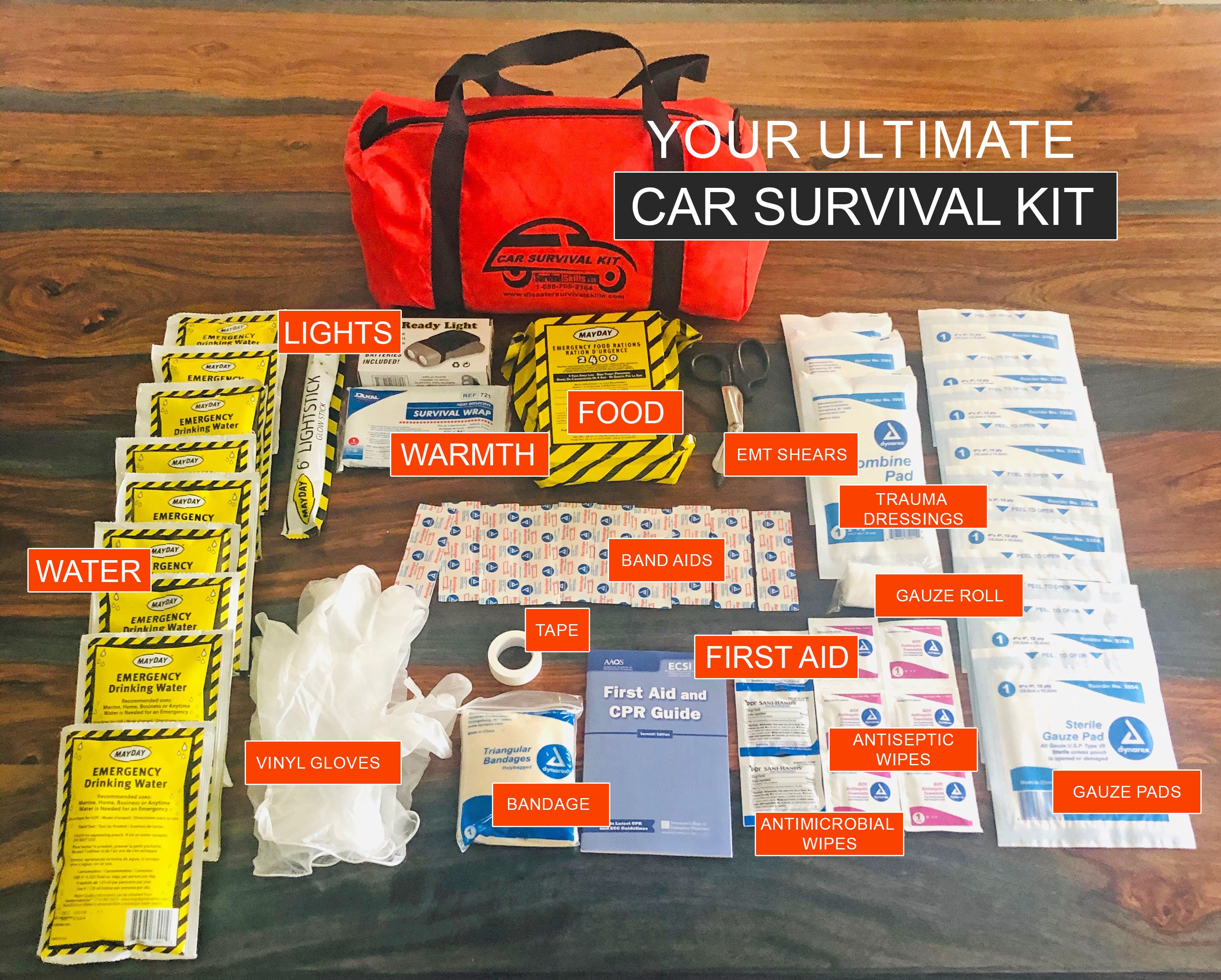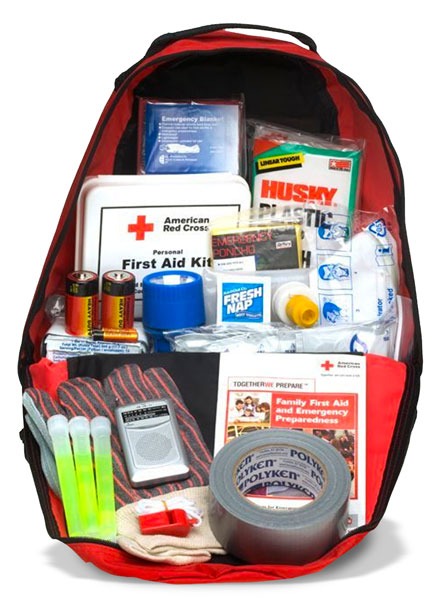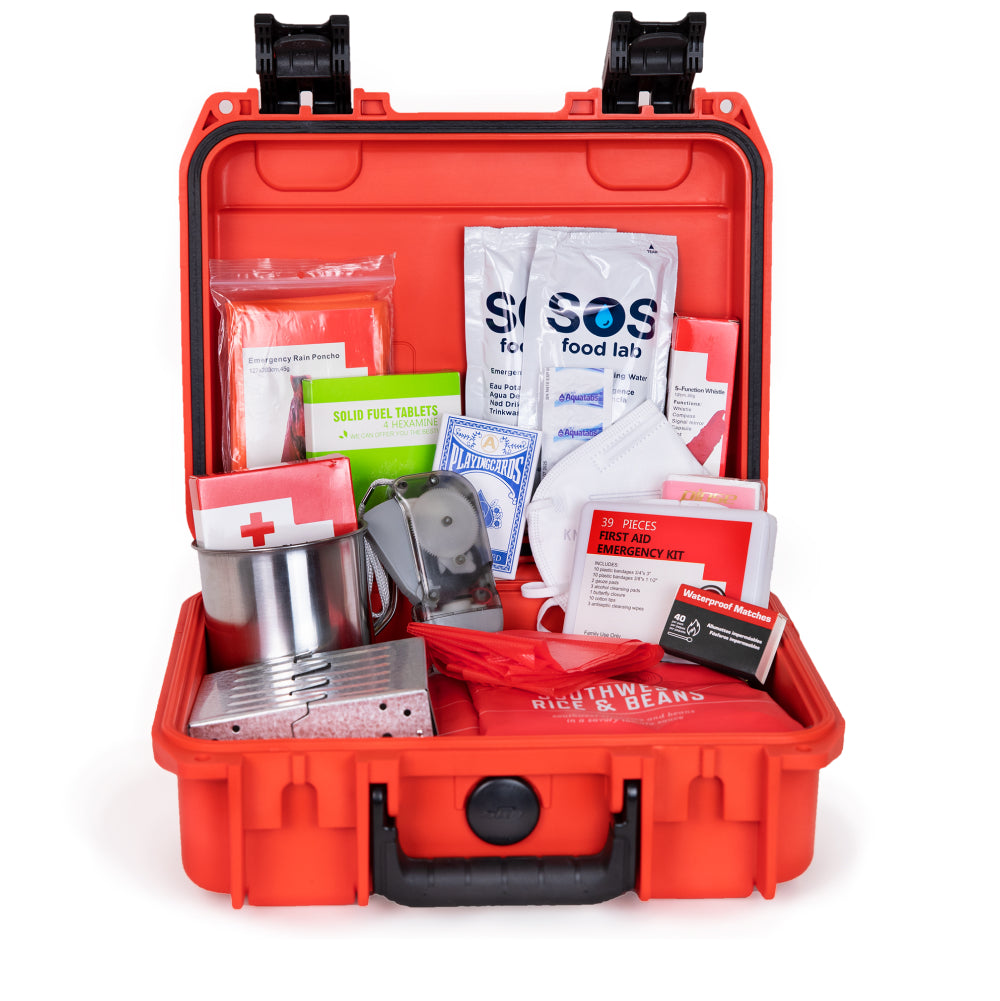Crucial Emergency Situation Readiness Tips for Survival
From assembling a fully equipped emergency kit to developing clear interaction networks and emptying paths, there are numerous important steps that can make a significant distinction in the face of hardship. By proactively addressing these crucial facets of emergency readiness, you can dramatically boost your opportunities of survival in tough circumstances (EMERGENCY PREPAREDNESS).
Building an Emergency Situation Package

Start by consisting of non-perishable food things like canned products, granola bars, and dried fruits that have a long life span and do not need food preparation. Keep in mind to load a handbook can opener. In addition, shop at least one gallon of water per person per day for a minimum of three days in strong containers.
Keep copies of vital records like recognition papers, insurance coverage plans, and emergency get in touch with info in a water resistant container. By constructing a well-thought-out emergency package, you can much better prepare yourself for unexpected events and enhance your opportunities of staying risk-free throughout a situation.
Creating a Communication Plan
Setting up an emergency kit with essential materials sets a solid structure for preparedness; now, transforming to the development of an interaction plan is critical for ensuring effective sychronisation and info circulation throughout times of crisis. A well-thought-out communication plan is important for keeping people educated, attached, and safe in emergency situation circumstances. Beginning by establishing a chain of communication that consists of family participants, neighbors, and pertinent authorities. Make sure that everyone knows how to reach each other and assign an out-of-town contact as a central point for info sharing. Utilize multiple interaction methods such as text, telephone call, social networks, and emergency situation sharp systems to make certain details gets to everyone without delay. Practice your communication strategy frequently to make certain every person understands their duties and responsibilities. Additionally, consider aspects like language barriers, access needs, and technical constraints when developing your interaction approach. An efficient communication plan can make a substantial distinction in handling emergencies efficiently and guarding the well-being of all involved.

Establishing Discharge Paths
To make sure reliable emergency situation feedback and precaution, developing clear evacuation paths is extremely important in readiness preparation. Emptying courses should be predetermined and interacted to all individuals in a given area to make certain a swift and organized emptying in times of dilemma. When developing emptying courses, it is important to consider numerous options to make up different situations, such as fires, floodings, or other emergency situations that may block main getaway routes.
The selected discharge paths must lead to assigned risk-free areas where people can seek sanctuary and await more directions or assistance (pop over to this site). These courses ought to be well-marked and easily available, taking into consideration the demands of all individuals, including those with handicaps or movement limitations. Regular drills and method runs along these evacuation routes can aid familiarize individuals with the retreat courses and make certain a more reliable evacuation procedure throughout you could try here real emergency situations
In addition to physical emptying paths, it is crucial to have alternative interaction methods in place to relay emptying directions and updates successfully. By developing and consistently reviewing discharge routes, neighborhoods can improve their general emergency situation readiness and response abilities.
Understanding Basic Emergency Treatment
One basic element of emergency readiness is obtaining expertise in standard emergency treatment procedures. In times of situation or catastrophe, having the ability to give instant clinical support can make a substantial distinction in conserving lives. Discovering fundamental very first aid equips individuals with the abilities to assess and respond to medical emergencies and usual injuries properly.
Basic emergency treatment training commonly covers essential strategies such as mouth-to-mouth resuscitation, injury care, bandaging, splinting, and acknowledging indicators of shock or respiratory distress. look at these guys. Recognizing just how to carry out these basic interventions correctly can stabilize an individual's problem until specialist medical help gets here
Additionally, having a basic first help set easily available is vital in emergency situations. The set must include crucial materials like bandages, disinfectant wipes, gauze pads, adhesive tape, scissors, tweezers, and gloves. Understanding how to utilize these items appropriately can protect against infections, quit bleeding, and give convenience to those in demand.
Securing Vital Records

Conclusion
To conclude, being planned for emergency situations is crucial for survival. Developing an emergency situation kit, developing a communication plan, establishing emptying paths, finding out basic emergency treatment, and protecting crucial files are crucial actions to take. By being positive and taking these steps, individuals can raise their chances of staying risk-free and having the ability to navigate through unforeseen situations effectively. It is essential to focus on emergency preparedness to make certain preparedness for any type of potential crises that might arise. EMERGENCY PREPAREDNESS.
From assembling a well-appointed emergency set to establishing clear interaction networks and evacuation courses, there are several vital steps that can make a substantial distinction in the face of difficulty.To make certain reliable emergency action and security procedures, developing clear discharge paths is critical in preparedness planning. When establishing evacuation paths, it is essential to consider several choices to account for different scenarios, such as fires, floods, or other emergency situations that might obstruct primary retreat paths.
Routine drills and practice runs along these emptying paths can aid acquaint individuals with the retreat paths and guarantee a much more effective emptying process during real emergencies.
Constructing an emergency situation set, creating an interaction strategy, establishing evacuation paths, discovering fundamental initial help, and safeguarding vital papers are essential actions to take.